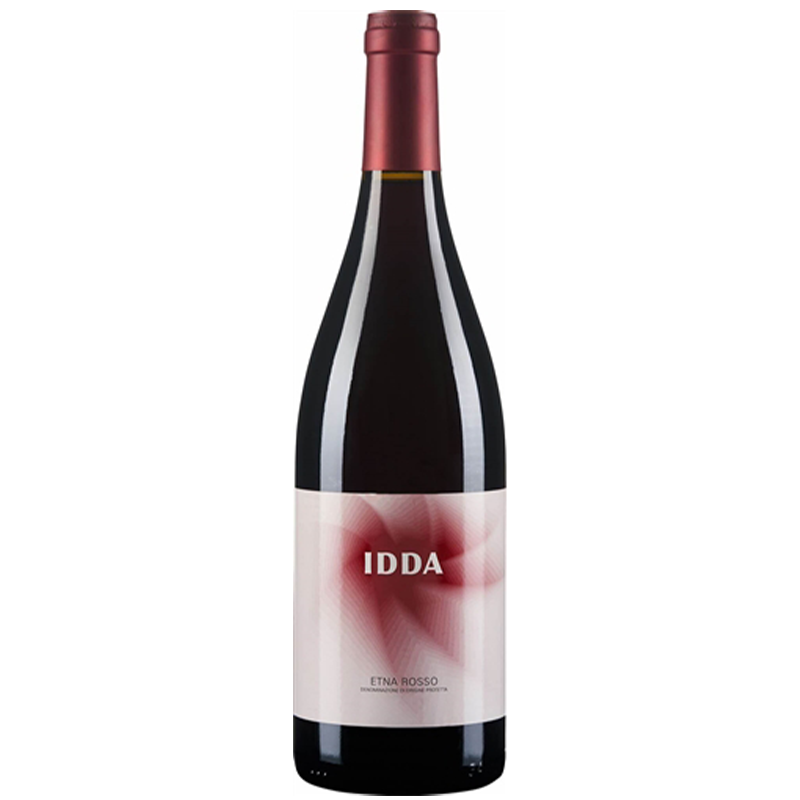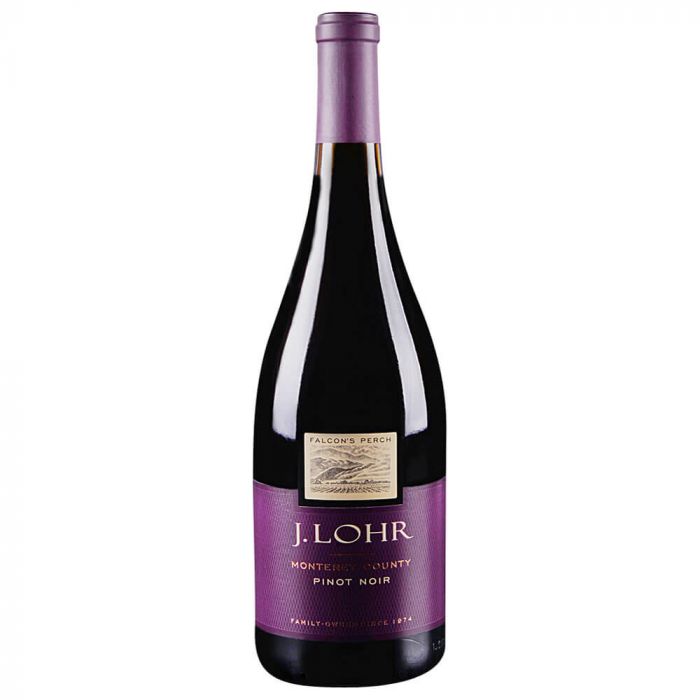2020 Rose De Chevalier Bordeaux
$14.99
Out of stock
2020 Rose De Chevalier Bordeaux
2020 Rose De Chevalier Bordeaux Very beautiful bright tint, pink ocher. This beauty, from France is subtle, delicate and refined nose with rose aromas and small red fruits, such as raspberry. A pleasant touch of exoticism reminds lychee. On the palate, smoothness, sweetness and freshness seduce. Intense fruitiness, precision and a very pure finish. An exquisite pleasure.
Rosé
A rosé (from French, rosé [ʁoze]) is a type of wine that incorporates some of the color from the grape skins, but not enough to qualify it as a red wine. It may be the oldest known type of wine, as it is the most straightforward to make with the skin contact method. The pink color can range from a pale “”onion-skin”” orange to a vivid near-purple, depending on the grape varieties used and winemaking techniques. Usually, the wine is labelled rosé in French, Portuguese, and English-speaking countries, rosado in Spanish, or rosato in Italian. There are three major ways to produce rosé wine: skin contact, saignée, and blending. Rosé wines can be made still, semi-sparkling or sparkling and with a wide range of sweetness levels from highly dry Provençal rosé to sweet White Zinfandels and blushes.
Rosé wines are made from a wide variety of grapes and can be found all around the globe. When rosé wine is the primary product, it is produced with the skin contact method. Black-skinned grapes are crushed and the skins are allowed to remain in contact with the juice for a short period, typically two to twenty hours. The grape is then pressed and the skins discarded, rather than left in contact throughout fermentation (as with red wine making).
The longer the skins are left in contact with the juice, the more intense the color of the final wine. When a winemaker desires to impart more tannin and color to red wine, some of the pink juice from the must can be removed at an early stage in what is known as the Saignée (from French bleeding) method. The red wine remaining in the vats is intensified as a result of the bleeding, because the volume of juice in the must is reduced, and the must involve in the maceration becomes more concentrated. The pink juice that is removed can be fermented separately to produce rosé.
The simple mixing of red wine into white wine to impart color is uncommon and is discouraged in most wine growing regions, especially in France, where it is forbidden by law, except for Champagne. Even in Champagne, several high-end producers do not use this method but rather the saignée method. “
Related products
Wines!
92pts Parker 93pts Vinous Save 40%
2020 Jean-Claude Bachelet Chassagne-Montrachet 1er Cru Macherelles 2020 Jean-Claude Bachelet Chassagne-Montrachet 1er Cru Macherelles presents a finely tuned nose of citrus lemon, peach skin and touches of candle wax and crushed stone. The palate is clean and precise on the entry, then very smooth and harmonious, offering seductive peachy, mango notes. Not amazingly complex on the [...]
Chateauneuf-du-Pape
2020 Domaine Berthet Rayne Chateauneuf-du-Pape Rouge 2020 Domaine Berthet Rayne Chateauneuf-du-Pape Rouge Aromas of plums, cassis, and cherries presented in a medium bodied, spicy style with beautifully pure fruit, a savory mouthfeel, moderate but ripe, sweet tannin, and a long finish. VARIETAL COMPOSITION: 65% Grenache Noir, 20% Mourvèdre, 10% Cinsault, 5% Syrah. TERROIR: The estate [...]
2021 Francois Villard Les Contours de Deponcins Viognier 2021 Francois Villard Les Contours de Deponcins Viognier Fine yellow; the nose is buttery, on roasted nuts, lime and white strawberry, table wax, has a steady depth. This is a bit New Wave on the palate, moves easily, depth, but continues with some fresh saltiness and assertion, [...]




